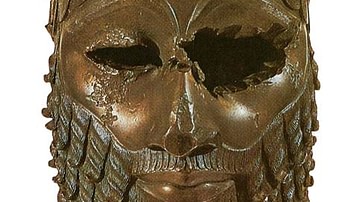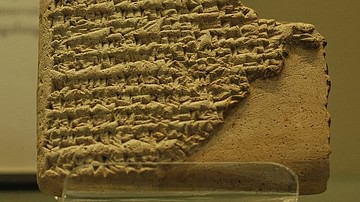Video
Cite This Work
APA Style
Smarthistory. (2014, July 30). Lamassu from the citadel of Sargon II. World History Encyclopedia. Retrieved from https://www.worldhistory.org/video/525/lamassu-from-the-citadel-of-sargon-ii/
Chicago Style
Smarthistory. "Lamassu from the citadel of Sargon II." World History Encyclopedia. Last modified July 30, 2014. https://www.worldhistory.org/video/525/lamassu-from-the-citadel-of-sargon-ii/.
MLA Style
Smarthistory. "Lamassu from the citadel of Sargon II." World History Encyclopedia. World History Encyclopedia, 30 Jul 2014, https://www.worldhistory.org/video/525/lamassu-from-the-citadel-of-sargon-ii/. Web. 24 Apr 2025.






